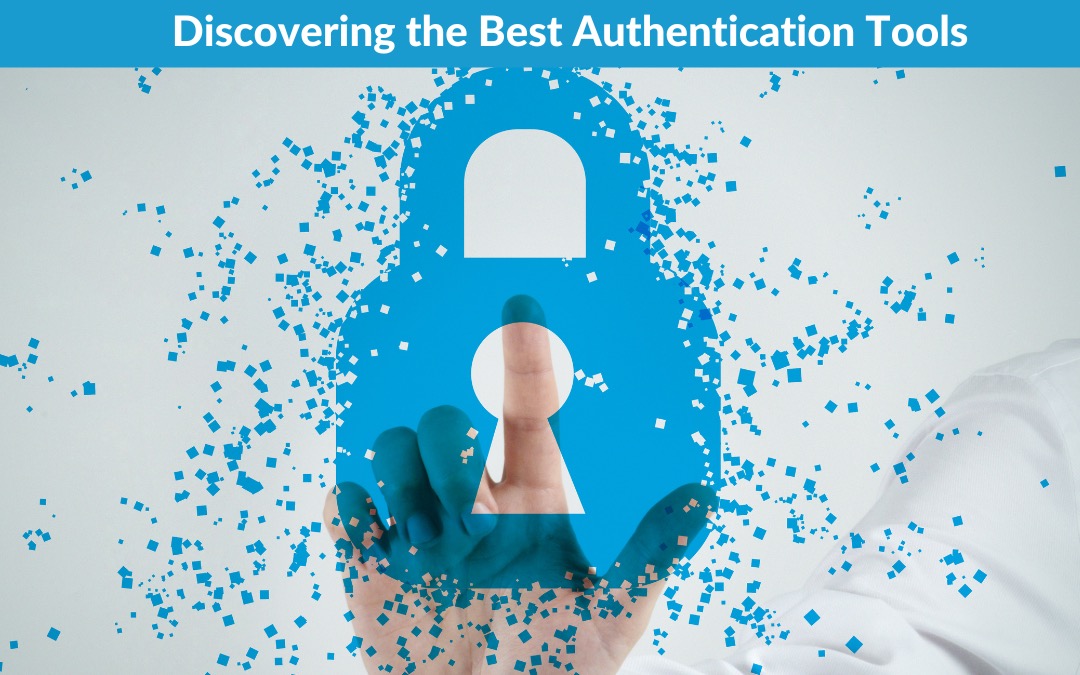Protecting systems and data has become increasingly important in today’s digital age. With cybercrime on the rise, it is crucial to have robust authentication methods in place to control access to sensitive information. We’ll explore the top authentication methods for controlling access to systems and data.
Passwords
These have long been the most common form of authentication. They are easy to implement, low-cost, and widely used. However, they are also often the weakest link in the security chain. Passwords can easily be guessed, stolen, or forgotten, making them vulnerable to attacks. Organizations often implement strong password policies, multi-factor authentication, and password managers to improve password security.
Two-Factor and Multi-factor Authentication
Two-factor and Multi-factor (2FA/MFA) are more secure forms of authentication than using passwords alone. It requires the user to provide two forms of identification, such as a password and a one-time code sent to a mobile device. This added layer of security makes it more difficult for attackers to access sensitive information. 2FA is widely used by organizations to secure their systems and data and is recommended for individuals to protect their personal accounts. My preferred software method is to use DUO Mobile Security with your smartphone. For hardware authentication, I recommend using a YubiKey by Yubico.
Biometric Authentication
It uses unique physical characteristics, such as fingerprints or facial recognition, to verify the identity of a user. This form of authentication is becoming more popular as technology improves and costs decrease. Biometric authentication offers a high level of security as it is difficult to fake or replicate someone’s physical characteristics. However, there are privacy concerns with collecting and storing biometric data, which is not always practical in all situations. I never recommend using biometrics to unlock devices, but it is a great time saver to unlock applications once logged in.
Smart Cards and Tokens
Smart cards and tokens are physical devices used for authentication. They generate a one-time code used in conjunction with a password to provide multi-factor authentication. Organizations often use these devices to secure access to sensitive information, commonly used in finance and healthcare industries. Smart cards and tokens are a secure form of authentication, but they can be lost or stolen and may not be as convenient as other methods.
The Bottom Line
Passwords, two-factor authentication, biometric authentication, and smart cards and tokens are some of the top methods to control access to systems and data. The suitable method for a particular organization will depend on the level of security required, the cost, and the user’s convenience. By understanding these authentication methods, organizations can make informed decisions about how to protect their sensitive information.


